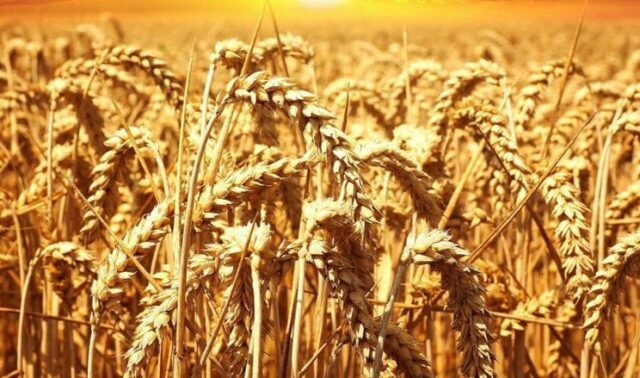Oman’s Impressive Growth in Wheat Production
Oman has demonstrated a staggering growth in wheat production from 2018 to 2023, reflecting its strategic efforts to enhance agricultural productivity and ensure food security. This success was made possible through effective initiatives and government collaboration with academic institutions.
Success Through Research and Innovation
According to Dr. Muhammad Farooq, the head of the Department of Agriculture and Marine Sciences at Sultan Qaboos University, Oman has achieved significant success in using high-yielding, stress-tolerant wheat genotypes and expanding cultivation areas. State support played a crucial role in overcoming challenges such as water and labor shortages.
Focus on Future Development
«For further development of Oman’s agricultural system, additional research and innovation are needed,» emphasized Dr. Farooq in a video message. He also stressed the importance of cooperation with the private sector in seed production and marketing, as well as involving young specialists in agricultural research.
Exceeding Expectations for a Sustainable Future
The initial goal of increasing wheat yield by 5% has been significantly surpassed, highlighting the potential for sustainable agricultural development in Oman. This success was the result of selecting high-yielding, drought-tolerant, and heat-resistant wheat genotypes adapted to the country’s conditions.
Ensuring Food Security
Such a significant increase in wheat production has a major impact on the country’s food security, ensuring a stable supply of high-quality seeds. These achievements demonstrate Oman’s ability for innovation in agriculture and its capacity for effective resource management.
Impressive Production Numbers
Data from the Ministry of Agriculture, Fisheries, and Water Resources show that wheat production in Oman increased by 300% in the agricultural season 2022/2023, reaching 7,119 tons, compared to 2,169 tons in the previous season 2021/2022. The Dhofar region led in wheat production with 5,940 tons, accounting for 83% of the total production volume.





